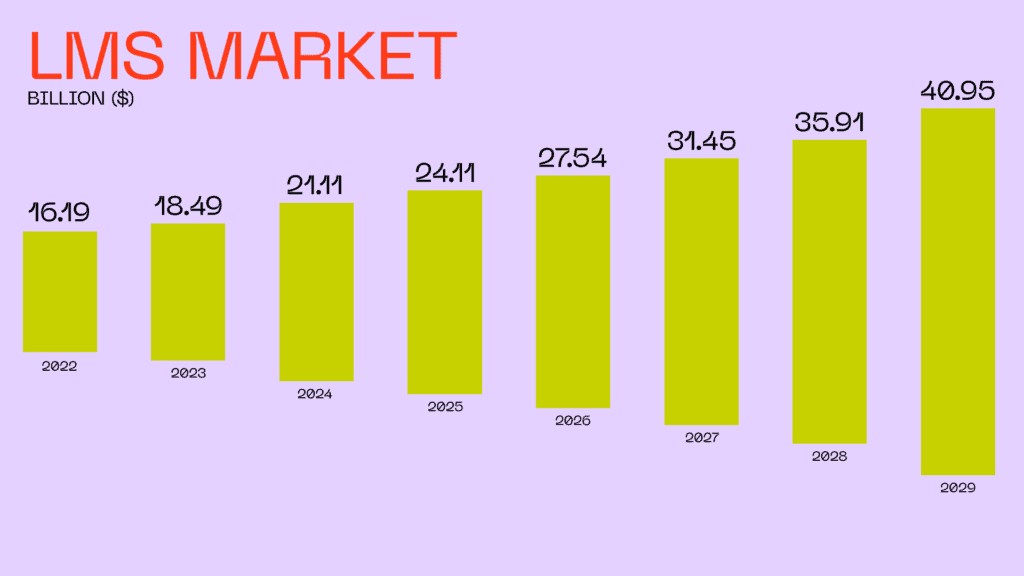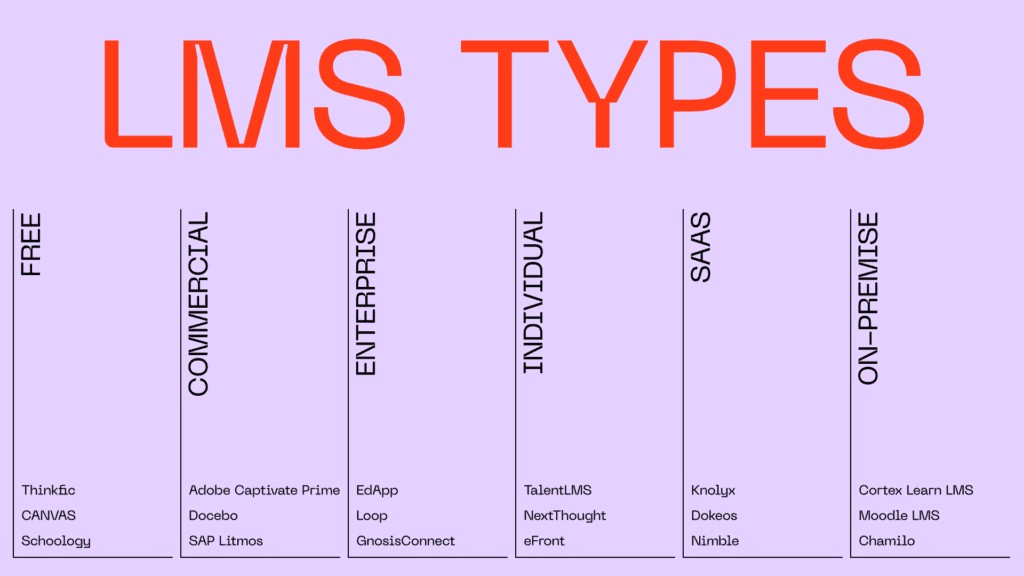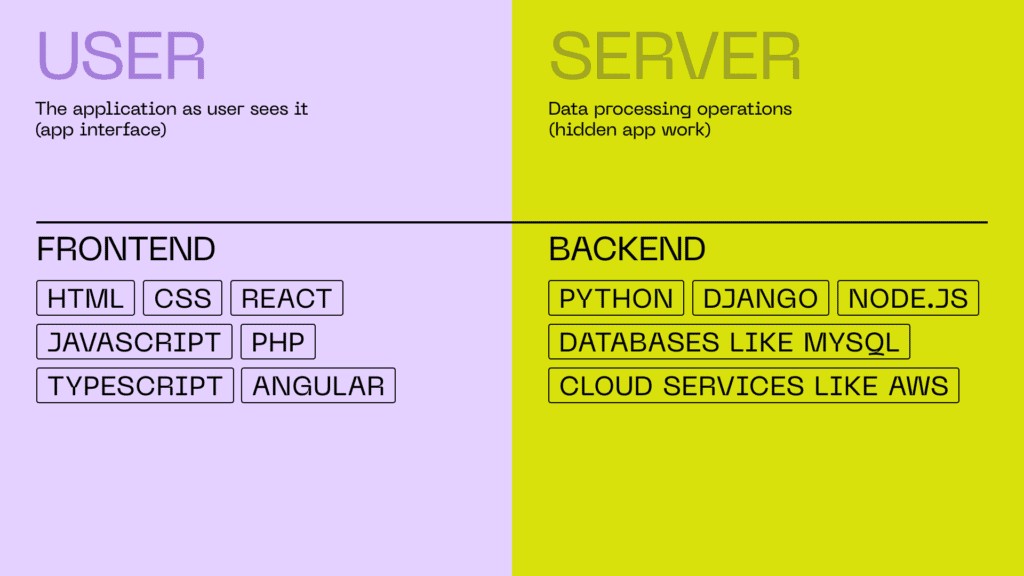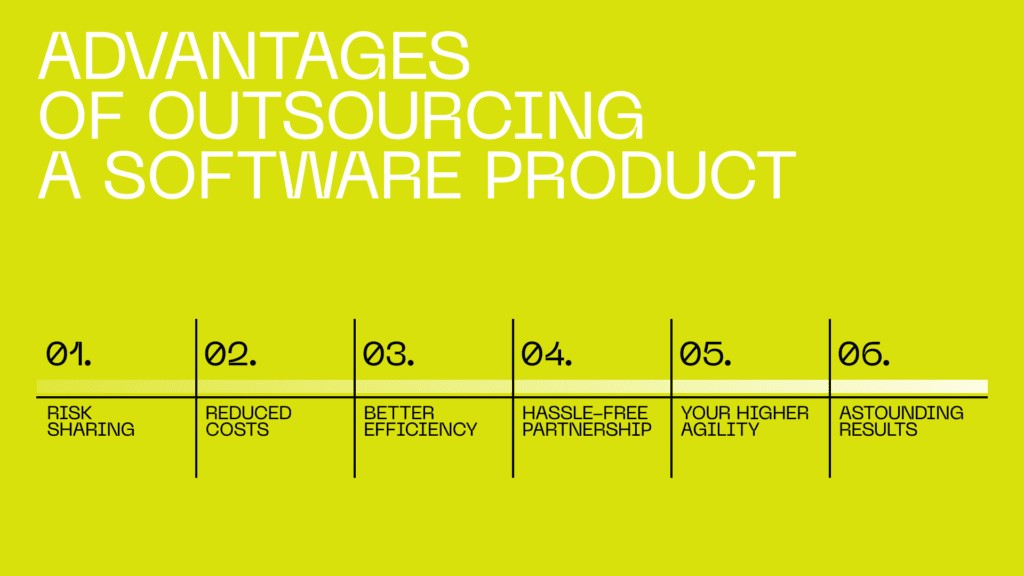Are you looking to build a learning management system? This comprehensive guide will walk you through the process, providing valuable insights into custom LMS development. LEARNS.EDU.VN offers unparalleled educational resources to help you understand and implement effective online learning platforms. Discover how to create an engaging and efficient system for e-learning solutions, tailored to your specific needs.
1. Understanding Learning Management Systems (LMS)
Before diving into How To Build A Learning Management System, it’s essential to understand what an LMS is and its various types. A Learning Management System (LMS) is a software application or web-based technology used to plan, implement, and assess a specific learning process. Think of it as a centralized hub for all your training and educational content.
1.1. Key Features of a Learning Management System
A robust LMS should include several core features to facilitate effective learning.
- Course Management: Tools to create, organize, and manage courses easily.
- User Management: Managing user accounts, roles, and permissions.
- Content Delivery: Delivering learning materials in various formats such as videos, documents, and presentations.
- Assessment Tools: Quizzes, tests, and assignments to evaluate learner progress.
- Reporting & Analytics: Tracking learner progress, performance, and generating reports.
- Communication Tools: Forums, chat, and messaging systems for interaction and collaboration.
1.2. Types of Learning Management Systems
Understanding the different types of LMS is crucial before you start to build a learning management system. Here’s a breakdown:
- Open-Source LMS:
- Description: Free and customizable, but requires technical expertise for modifications.
- Pros: Cost-effective, highly customizable.
- Cons: Requires technical skills, limited support.
- Commercial LMS:
- Description: Paid software with support and updates from the vendor.
- Pros: Reliable support, regular updates.
- Cons: Limited customization, higher cost.
- Installed LMS:
- Description: Hosted on your own servers, providing high security and customization.
- Pros: High security, full customization.
- Cons: Requires server infrastructure, maintenance.
- SaaS LMS:
- Description: Cloud-based, maintained by the vendor with subscription fees.
- Pros: Easy to set up, vendor maintenance.
- Cons: Limited customization, subscription costs.
- Integrated LMS:
- Description: Integrates with other systems like HR and CRM.
- Pros: Streamlined workflow, comprehensive data.
- Cons: Complex integration, potential compatibility issues.
- Non-Integrated LMS:
- Description: Standalone systems with limited functionality.
- Pros: Simple to use, focused functionality.
- Cons: Limited integration capabilities.
2. Step-by-Step Guide to Building a Learning Management System
Now that we have a solid foundation, let’s walk through the essential steps on how to build a learning management system that meets your unique needs.
2.1. Step 1: Research and Planning
Before you even start coding, thorough planning is crucial. According to a study, about 20% of new business ideas fail within the first year due to a lack of viability. Proper research can help you avoid costly mistakes.
- Define the Purpose: What specific goals will your LMS achieve? Common purposes include:
- Customer training
- Employee onboarding
- Sales team preparation
- General-purpose education
- Identify Problems: What problems will your LMS solve? Examples include:
- Reducing training costs
- Cutting employee onboarding time
- Measuring learning impact
- Set a Budget: Consider all associated costs, including development, hosting, and maintenance.
- Define Target Audience: Who will be using your LMS? Tailor the LMS type and content to their needs.
- Monetization Model: Will it be freemium or paid? How will you generate revenue?
2.2. Step 2: The Discovery Phase
A successful LMS starts with a detailed discovery phase. This involves:
- Information Collection: Analyzing your business goals, needs, and vision. Market analysis helps identify the most profitable niche and create an effective LMS strategy.
- Competitor Research: Understanding what works and what doesn’t in the market. This helps in avoiding unnecessary reinvention, speeding up development and lowering costs.
- Scope of Work: Defining the project methodology, timeline, and deliverables based on your business model and requirements.
- User Stories: Listing tasks that the LMS should perform from a user perspective. These stories drive technical specifications and project planning.
- Architecture Design: Shaping your idea into a list of components and their interactions. A presentation of the future LMS allows for concept validation while identifying potential technical blockers.
After the discovery phase, you should have a clear understanding of the development process, along with rough estimates for time and costs.
2.3. Step 3: Defining Core Features
Identifying the essential features of your LMS is vital. Here are must-have features to create a learning management system:
| Feature | Description |
|---|---|
| User Permissions | Customize user access to ensure security and control. |
| User Management | Group students, assign assignments, and send private messages. |
| Data Reports | Track performance and progress, providing insights for course improvement. |
| Knowledge Assessment | Tools for creating tests and quizzes to estimate comprehension and retention. |
| Notifications | Keep users informed about new materials, deadlines, and feedback. |
| Centralized Materials | Store learning materials conveniently and user-friendly to promote consistency and engagement. |
| Course Management | Create and manage courses with a text editor for easy modifications. |






In addition to these core features, consider these additional features to enhance your LMS:
| Feature | Description | Example |
|---|---|---|
| Personalized UX | Tailored content based on learner’s history and role. | Evrlearn |
| Offline Learning Tracker | Track offline learning activities by downloading content and editing assessment checklists. | iSpring Learn |
| Compliance Checker | Ensure compliance with internal policies or governmental regulations. | Trakstar |
| Smart Scheduling | Offer comfortable dates and times for one-to-one learning sessions. | Coursera |
| Gamification | Boost engagement and knowledge retention with points and competition. | TalentLMS |
| Integrations | Integrate with CRM, email, and payment systems to simplify training and remove manual processes. | Blackboard Learn |
| White Labeling | Allow users to add logos and change dashboard colors to fit their branding. | SkyPrep |
2.4. Step 4: Choosing the Right Tech Stack
The technology stack you choose will significantly impact the stability, performance, and security of your LMS. Here’s a breakdown of common technologies used:
- Backend:
- Purpose: Stores and processes data.
- Popular Frameworks: Django, Rails, Node.js.
- Recommendation: Ruby on Rails for flexibility, speed, and strong security measures.
- Frontend:
- Purpose: Interface that users interact with.
- Popular Technologies: Vue.js, React.js.
- Recommendation: Choose based on desired appearance, loading speed, and responsiveness.
- Databases:
- Purpose: Storing and managing data.
- Popular Options: PostgreSQL, MySQL.
- Recommendation: PostgreSQL for its reliability and a large number of functions.
- Hosting:
- Purpose: Hosting your LMS.
- Popular Services: Amazon Web Services, DigitalOcean.
- Recommendation: AWS for a blend of security, productivity, and pricing for cloud-based LMS.
2.5. Step 5: Creating LMS Specifications and UI/UX Design
A detailed specification document is essential. This document describes the goals, requirements, features, and technologies for the LMS. Include:
- Goals and Objectives: What should the LMS achieve?
- Features: Detailed descriptions of each feature.
- Technologies: List of technologies to be used.
- Design: Mockups and wireframes to visualize the future LMS.
Designers then create UI designs and transfer them to developers to bring the LMS to life.
2.6. Step 6: Assembling a Qualified Development Team
You have two primary options:
- In-House Team:
- Pros: Full control, direct communication.
- Cons: Time-consuming hiring and training, higher costs.
- Outsourcing:
- Pros: Cost-effective, access to specialized skills.
- Cons: Potential communication issues, quality control risks.
Outsourcing can be a cost-effective option for one-time projects, provided you mitigate risks through clear communication and quality control processes. LEARNS.EDU.VN partners with vetted developers to ensure high-quality outcomes.
2.7. Step 7: Building the First Version (MVP)
An iterative approach is highly recommended. Focus on releasing a Minimum Viable Product (MVP) with essential features. This involves:
- Feature Prioritization: Evaluate and prioritize all LMS functions.
- MVP Implementation: Implement the most essential features for the first version.
- Iterative Updates: Add second-priority functions in updated versions.
This approach allows you to quickly develop a functional product, gather feedback, and start generating revenue.
2.8. Step 8: Final Product Development
Follow an established workflow for each new release:
- Kick-Off Session: Developers familiarize themselves with specifications and design.
- Discussions: Determine solutions and prioritize tasks.
- Integration: Integrate new features into the LMS architecture.
- Approval: Present results to the client for approval.
- Timeline: Follow a project timeline specifying tasks, milestones, and demonstrations.
- Sprints: Break work into sprints involving planning, execution, evaluation, and analysis.
- Meetings: Hold daily and weekly meetings to track progress and issues.
- Demo Sessions: Clients join demo sessions to ensure development is on track.
- Testing: Conduct manual and automated tests to ensure proper performance.
2.9. Step 9: LMS Rollout and Maintenance
Once testing proves every feature works as requested, deploy the code. Prepare a detailed description of LMS features and how to operate them. Offer corrective and perfective maintenance services to address user feedback and monitor LMS performance.
3. Understanding LMS Development Costs
The cost of custom learning management system development can vary widely based on several factors. However, understanding these factors can help you budget effectively.
3.1. Average Estimated Costs
To give you a reference point, MVP development for an average web-based LMS takes around four months. The average contractor rate in Eastern Europe is between $40 and $70 per hour.
| Country | Eastern Europe | Western Europe | USA |
|---|---|---|---|
| MVP (One Platform) | $150K – $300K | $220K – $450K | $375K – $750K |
| Full Product (Basic Functionality) | $200K – $450K | $300K – $650K | $500K – $1.5M |
3.2. Factors Affecting LMS Development Costs
Several factors can influence the cost of developing an LMS:
- Hosting Fees: Monthly fees range from $5 to $500+, depending on storage and traffic.
- Third-Party Integrations: Connecting to services like Amazon or Grammarly can add costs.
- Compliance Standards: Meeting data privacy regulations (e.g., GDPR) increases security measures.
- Multilingual Support: Localization efforts including translation and UI adaptation.
- Advanced Features: Gamification, social learning, and analytics.
- Scalability: Architecting the LMS to handle many users and high performance.
4. Why Choose LEARNS.EDU.VN for Your Learning Needs?
LEARNS.EDU.VN is your trusted partner in education, offering:
- Expert Insights: Detailed guides and articles on various educational topics.
- Comprehensive Resources: Access to a wide range of learning materials.
- Professional Guidance: Connection to educational experts for personalized advice.
We understand the challenges in finding quality learning resources and aim to provide accessible, reliable, and effective solutions. Our platform is designed to help learners of all ages and backgrounds achieve their educational goals.
5. Conclusion
Custom learning management system development offers complete control over features and functionality. Outsourcing this process can reduce risks and ensure a high-quality product, even with limited resources. LEARNS.EDU.VN is committed to providing valuable insights and resources to help you succeed in your educational endeavors.
If you’re considering building your own LMS, LEARNS.EDU.VN is here to guide you. Contact us at 123 Education Way, Learnville, CA 90210, United States, or via Whatsapp at +1 555-555-1212. Explore our website at LEARNS.EDU.VN for more information and educational resources.
6. Frequently Asked Questions (FAQs)
Here are some frequently asked questions to provide more clarity:
6.1. How to Launch a Learning Management System?
Launching an LMS involves these steps:
- Plan Your Content: Analyze learner needs and review existing content.
- Introduce the LMS: Spread the word and set expectations.
- Build a Support Team: Provide technical and learning support.
- Soft Launch: Test the LMS on a small group.
- Plan User Training: Help users get started with training sessions.
6.2. Why is an LMS Important?
An LMS offers several benefits:
- Organizes content in a single location.
- Allows users to access files anytime.
- Tracks user performance and progress.
- Reduces learning time.
- Keeps organizations compliant with training requirements.
6.3. How Long Does it Take to Build an LMS?
Development times vary based on functionality and complexity. A simple LMS with basic features may take around 4-6 months.
6.4. Why Choose LEARNS.EDU.VN for LMS Development Insights?
LEARNS.EDU.VN offers comprehensive educational resources, expert insights, and professional guidance to help you succeed in building and implementing effective learning solutions.
6.5. What Kind of Businesses Need an LMS?
Schools, universities, online education platforms, and companies across various industries use LMSs for structured learning environments, corporate training, and compliance.
By understanding these steps and leveraging the resources available at learns.edu.vn, you can confidently build a learning management system that meets your unique needs and drives success.